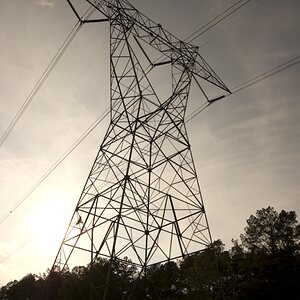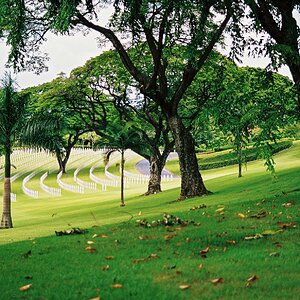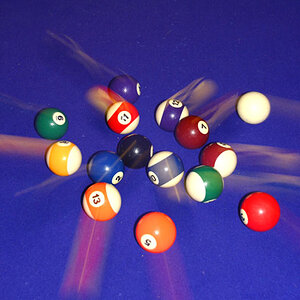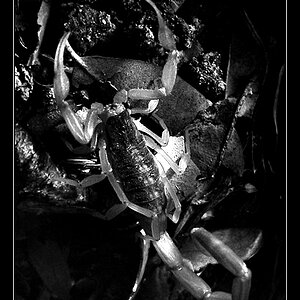davidfromoz
TPF Noob!
- Joined
- Oct 24, 2007
- Messages
- 40
- Reaction score
- 0
Hi Everybody,
We have been having a lot of fun with our Nikon D80. We are getting familiar with the operation of the camera. But I am still a bit confused by exposure and metering.
I shoot mostly in aperture priority mode so I can control the depth of field for the mostly landscape type photos we take. I have played around with the metering modes and usually use the zone metering mode.
I think the photos are quite often a bit overexposed. Take a look at the photos here. I think the second one is the best. Its using exposure compensation of 1 step (0.33EV). (the first has no compensation and the 3rd has 2 steps).
http://davidfromoz.smugmug.com/gallery/4038677#235128875
Now I have a few questions:
1.) Is the second photo the best of them in terms of exposure?
2.) How do you measure this when you are taking the photos. I doubt the LCD on my camera is really the right way to assess it. Is it a matter of familiarity with the camera? My camera has a histogram mode, which suggests that the first one is closest to the center (I think).
3.) My camera has a mode which highlights really overexposed areas graphically after the photo is taken. Is it worth it or should I know already what I'm doing?
4.) Which kind of metering is best for this kind of photo. I can understand if I am shooting a person (or some other clear target) then I could use spot metering and lock the metering settings on them. But this photo really requires a nice mean setting for everything. (or is the problem that I don't have more of a subject in the first place)
5.) How many photos of a subject like this would people take? (I took 3).
cheers,
David
PS. Yes, I do plan to get the book "Understanding Exposure"!
We have been having a lot of fun with our Nikon D80. We are getting familiar with the operation of the camera. But I am still a bit confused by exposure and metering.
I shoot mostly in aperture priority mode so I can control the depth of field for the mostly landscape type photos we take. I have played around with the metering modes and usually use the zone metering mode.
I think the photos are quite often a bit overexposed. Take a look at the photos here. I think the second one is the best. Its using exposure compensation of 1 step (0.33EV). (the first has no compensation and the 3rd has 2 steps).
http://davidfromoz.smugmug.com/gallery/4038677#235128875
Now I have a few questions:
1.) Is the second photo the best of them in terms of exposure?
2.) How do you measure this when you are taking the photos. I doubt the LCD on my camera is really the right way to assess it. Is it a matter of familiarity with the camera? My camera has a histogram mode, which suggests that the first one is closest to the center (I think).
3.) My camera has a mode which highlights really overexposed areas graphically after the photo is taken. Is it worth it or should I know already what I'm doing?
4.) Which kind of metering is best for this kind of photo. I can understand if I am shooting a person (or some other clear target) then I could use spot metering and lock the metering settings on them. But this photo really requires a nice mean setting for everything. (or is the problem that I don't have more of a subject in the first place)
5.) How many photos of a subject like this would people take? (I took 3).
cheers,
David
PS. Yes, I do plan to get the book "Understanding Exposure"!


![[No title]](/data/xfmg/thumbnail/35/35948-700e0d840da0ca73727b1bd6d99b4142.jpg?1619737257)
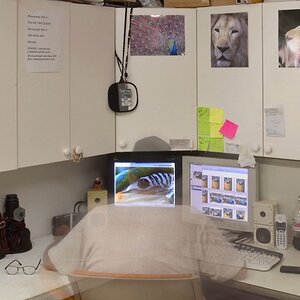
![[No title]](/data/xfmg/thumbnail/37/37605-90c8efaef5b7d1f52d4bf8e7dfd33673.jpg?1619738148)
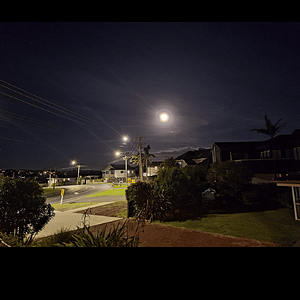
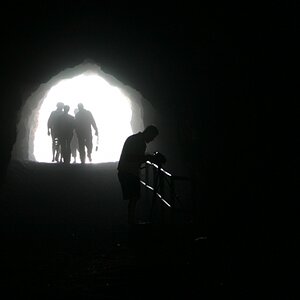
![[No title]](/data/xfmg/thumbnail/39/39289-c5ea6a611707fdd5786347f4a67d63ae.jpg?1619738957)
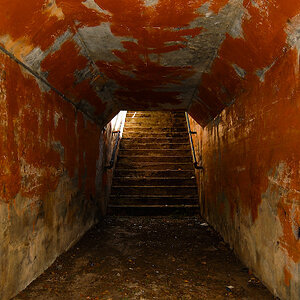
![[No title]](/data/xfmg/thumbnail/37/37603-739c5d9b541a083a12f2f30e45ca2b7b.jpg?1619738147)
